Pediatric orthodontics is a branch of orthodontic treatment aimed at improving the oral and dental health of children, monitoring jaw development, and early detection of dental irregularities. This treatment focuses on closely monitoring the growth and development of children to intervene early in potential issues. In this article, you will find detailed information about the importance of pediatric orthodontics, the application process, and key considerations.
What is Pediatric Orthodontics?
Pediatric orthodontics is a specialized branch that examines the dental, jaw, and facial development of children, aiming to detect potential problems early and provide timely treatment. This treatment is typically applied before a child’s teeth are fully developed to address dental irregularities, jaw problems, and other oral health issues.
Why Early Intervention?
- Correct Jaw Development: Early orthodontic treatment can assist in correcting a child’s jaw development, leading to a healthy jaw structure.
- Opportunity for Dental Alignment: Pediatric orthodontics allows for the correction of dental irregularities, contributing to a child’s development of a healthy smile.
- Improvement of Speech and Eating Functions: Orthodontic intervention can positively impact a child’s speech and eating functions.
- Preservation of Oral Health: Early interventions help preserve a child’s oral health, preventing issues such as tooth decay.
- Aesthetic Development: Pediatric orthodontics can contribute to a child’s aesthetic development, aiding in increased self-confidence.
Application Process
- Initial Examination: Pediatric orthodontic treatment typically begins after a child’s teeth have erupted. During the initial examination, the orthodontist evaluates the child’s oral structure and identifies potential problems.
- Treatment Plan: A treatment plan is created based on identified issues, tailored to the child’s specific needs.
- Brackets and Appliances: If necessary, brackets or other orthodontic appliances are applied to the child’s teeth to aid in proper positioning.
- Regular Check-ups: Regular check-ups are conducted throughout the treatment process to evaluate the condition of brackets and appliances and make adjustments as needed.
- Post-Treatment Retention: After treatment completion, retention devices may be used to maintain the new position of the child’s teeth.
Key Considerations
- Regular Check-ups: It is important for your child to attend regular orthodontic check-ups.
- Oral Hygiene: Careful maintenance of orthodontic appliances and instilling regular teeth-brushing habits in the child is crucial.
- Cooperation with Treatment: The child’s cooperation with the treatment and adherence to necessary instructions are critical.
- Pain and Discomfort: It is normal for a child to experience some discomfort during treatment, but any prolonged pain should be reported to the orthodontist.
Pediatric orthodontics contributes to the preservation of a child’s oral and dental health, fostering a healthy developmental process. Early interventions can help your child achieve a healthy smile and boost their self-confidence.



















